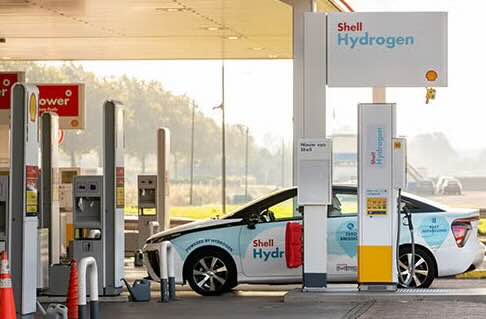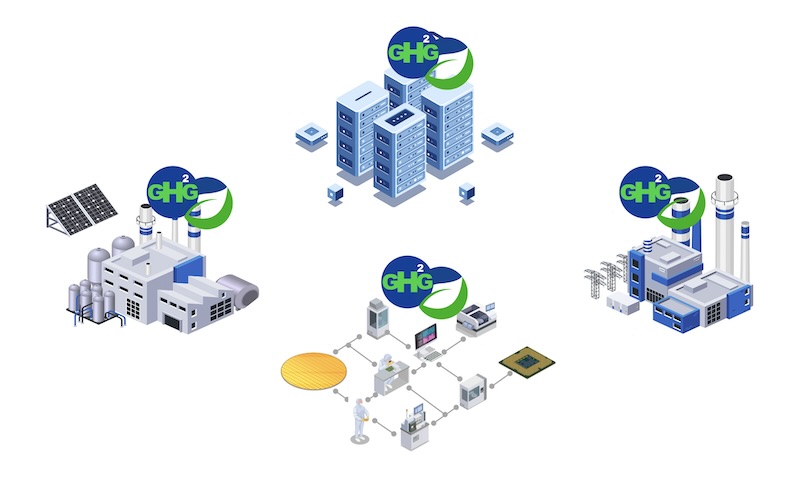
Image Source: Shell
A Reality Check
Shell's recent closure of its hydrogen fueling stations for light-duty fuel cell electric vehicles (FCEVs) highlights ongoing challenges in California’s hydrogen market. Persistent supply disruptions, high operational costs, and broader market complexities underscore the need for innovative, reliable alternatives to traditional hydrogen infrastructure.
Benchmarking
The traditional vs. TrueECO Green Hydrogen Generator (GHG) solutions:
Case Study
To power a bus for approximately 400 kilometers?

Electric Bus
Battery weight: ~2,000 kg (volume: 1 m³). Powers a bus for 400 km on a single charge; recharging requires over 1 hour.

Hydrogen Electric Bus
60 kW hydrogen fuel cell (800 kg, 1 m³). Requires six of 120 L, 700-bar hydrogen cylinders, total 40 kg hydrogen for 400 km range. Refueling takes about 10 minutes.

TureECO Hydrogen Electric Bus
250 L onboard reactor containing 360 kg aluminum and 500 L biochemical, generating up to 40 kg of hydrogen in real-time during travel. Refueling takes approximately 5 minutes; no pressurized hydrogen tanks required.
